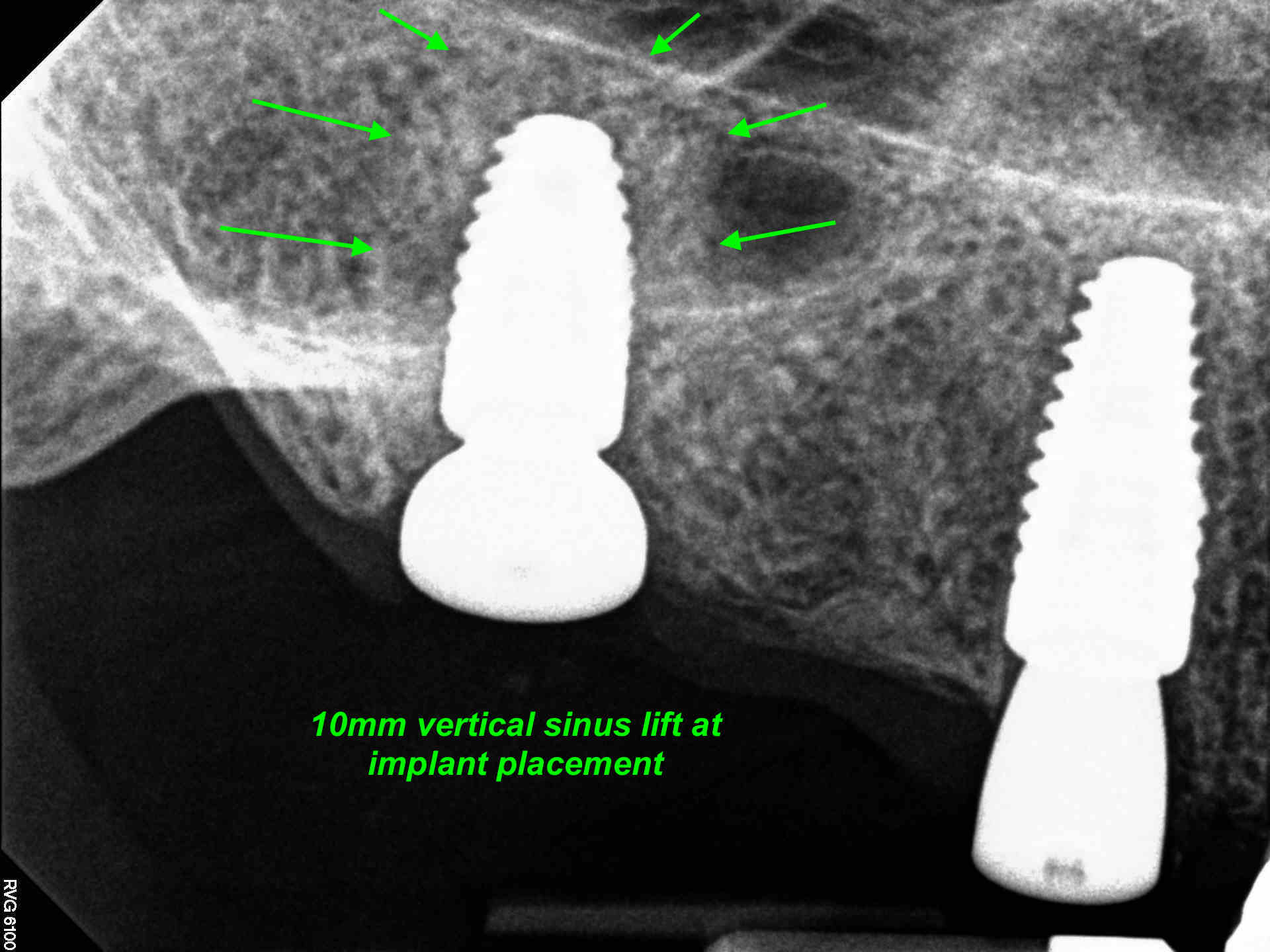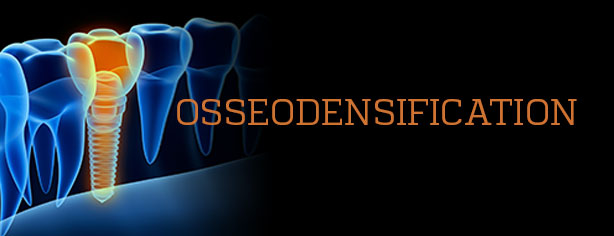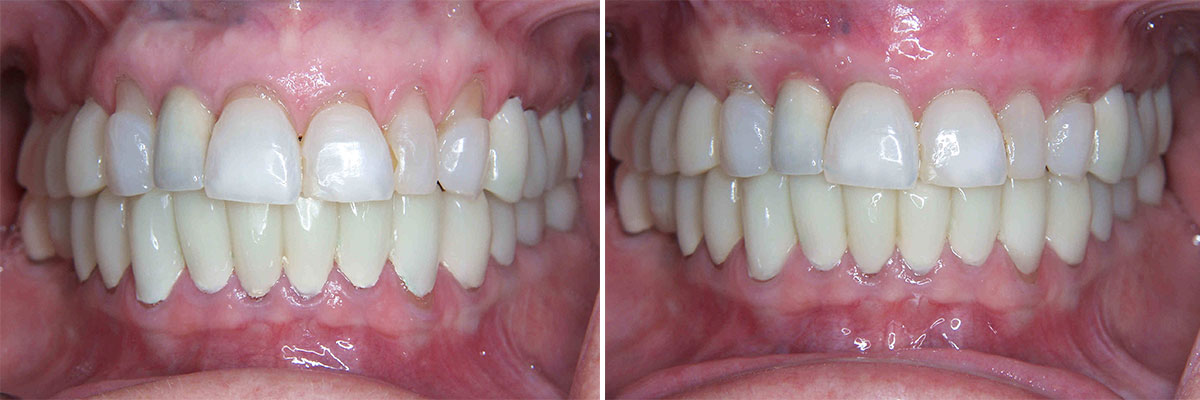Increasing the density of bone at the time of implant placement.
Implant dentistry is a successful, predictable therapy for replacing missing teeth or supporting over dentures. Implants can be placed in healed edentulous ridges or in immediate extraction sites with similar success percentages.
The initial stability of implants depends on the density of bone present at the site. As expected, early stability of an implant placed in the mandibular anterior area is better than the maxillary molar positions.
When creating a site to place an implant, the drills used remove bone from the osteotomy site. No change in bone density occurs.
Osseodensification is a technique that increases the density of bone at the implant site. This procedure does not remove bone from the osteotomy site, but condenses the bone back into the hole, creating denser bony walls to place the implant. As a result, the insertion torque to place the implant is increased, creating a more stable implant at the time of placement. This is important when placing implants into low density bone, extraction sites or when placing immediate temporaries on implants. Early implant stability means that implants can be restored sooner.
Also, this technique can be used to conservatively raise the floor of the sinus at the time of implant placement. Since no bone is removed, the bone is condensed apically which can raise the sinus floor.

I am excited to add Osseodensification to our practice! I believe this technique is the next evolution in implant dentistry.
As always, thank you for your support and confidence in our practice. I am always striving to be on the cutting edge of periodontics and implant dentistry.
Should you have any questions regarding periodontal or implant issues, please do not hesitate to call or email me.











